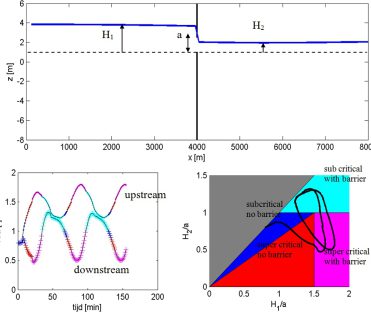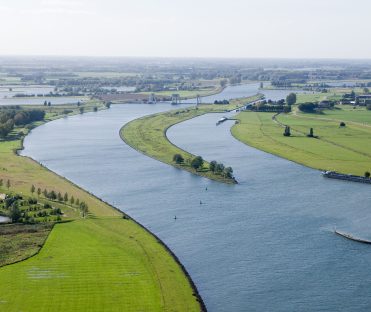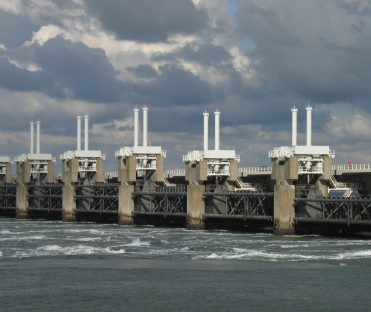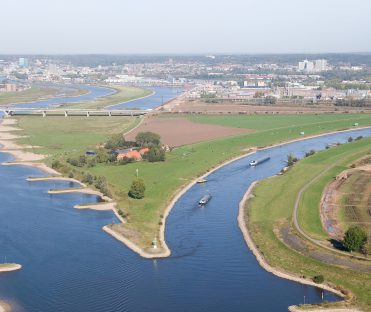Weir and barrier formulations in WAQUA

Physical and numerical research and development

Rijkswaterstaat

2005
WAQUA is the two-dimensional flow model of Rijkswaterstaat (the Dutch Ministry of Waterways and Public Works). As the model is two-dimensional, local three-dimensional features like flows over weirs, groynes, barriers, etc., which are ubiquitous in the Dutch rivers and estuaries (see figure left-hand-side) cannot be resolved. They have to be parameterised. The present parameterisation has a poor physical basis and sometimes results in numerical instability.
In order to tackle these shortcomings, Svašek Hydraulics (in co-operation with Witteveen+Bos) was asked to carry out a pilot study. Several ways to improve the weir and barrier formulation were given and a basic routine is developed to implement a physically sound and numerically stable parameterisation.
Svašek Hydraulics proposed a new set of dissipation terms to mimic the energy loss over the structures in such a way that is dealt with sub- and supercritical flow. In this set the discharge relations for these regimes are automatically fulfilled. The relations are tested for a structure in a straight channel flow. By changing the upper and lower boundary condition, all flow regimes are visited without numerical instabilities. The path followed through the flow diagram is shown in the figure on the right-hand-side.
It is concluded that with relatively simple adaptations, a uniform method for parameterisation can be determined, working for all flow regimes without numerical instabilities. Implementation of the method in WAQUA is the next step to be taken.
© Photos Beeldbank RWS.
Sam Bom
Projectleader
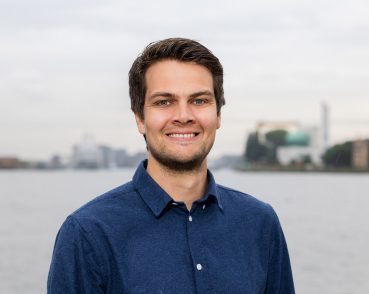
MORE INFORMATION ABOUT SVAŠEK OR OUR EXPERTISES?
Please contact us or make an appointment.
CONTACT US
